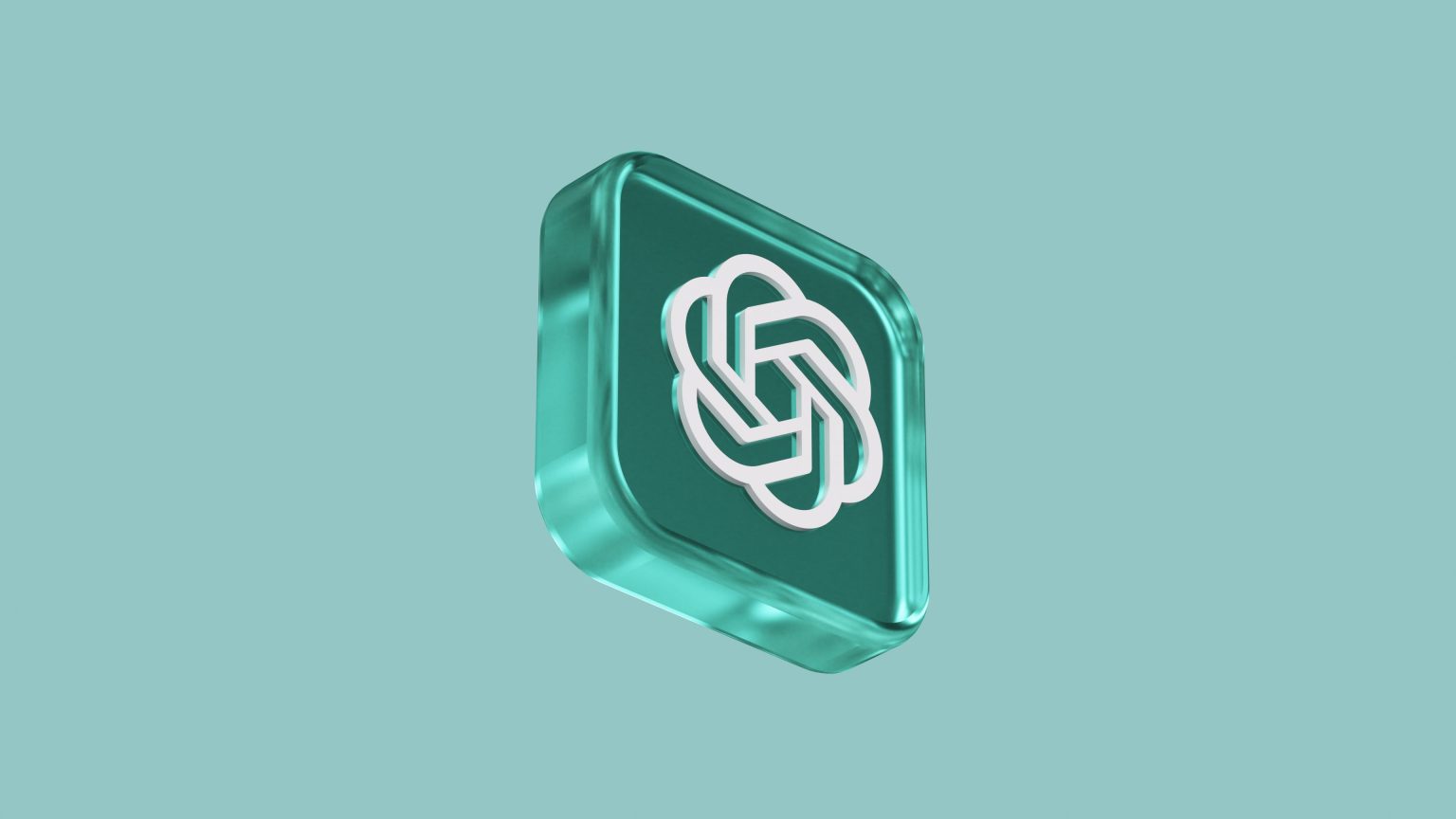In the ever-evolving landscape of artificial intelligence, OpenAI’s ChatGPT has taken a significant leap forward. Breaking barriers and setting new standards, ChatGPT now boasts a remarkable capability – the ability to remember who you are and what you want. This transformative feature marks a crucial step towards creating more personalized and engaging interactions with this intelligent language model
Introducing “custom instructions” – the latest feature from ChatGPT that reduces your typing effort. With this feature, you can now personalize your chatbot by providing important information about yourself and specifying how you want it to respond to your queries. This feature is currently in beta and is available to ChatGPT Plus subscribers worldwide (excluding the UK and EU). It works on all devices, including mobile, making it especially convenient.
According to Joanne Jang, an expert at OpenAI, ChatGPT currently lacks context about you and forgets previous conversations. However, with the new “custom instructions” feature, you can establish consistent information that is relevant across all your chats. Stay tuned for upcoming availability in the UK and EU.
Imagine a world where ChatGPT understands your needs perfectly every time you ask a question. With custom instructions, you can make that a reality. Whether you’re a teacher, a busy parent, or a coding expert, custom instructions allow ChatGPT to tailor its responses specifically to you.
For teachers, simply include your grade level in your custom instructions, like “I teach third grade.” This way, when you ask for information about the Moon, ChatGPT will provide answers appropriate for your students’ age group. Many educators already rely on ChatGPT to brainstorm engaging lesson plans.
If you’re in charge of cooking and shopping for a large family, let ChatGPT know. By specifying that you’re serving a family of six in your custom instructions, ChatGPT can recommend portion sizes that are just right for you.
And if you have a preferred coding language, ChatGPT can cater to that too. Include your language preference in your custom instructions, and ChatGPT will ensure that its code answers are in the style you’re most comfortable with.
Think of custom instructions as a permanent preamble to your queries. No need to spend time crafting lengthy questions with all the necessary context anymore. Simply add that context and information to your custom instructions, and it will be there for ChatGPT to consider every time.
While the process of creating custom instructions and defining how ChatGPT interprets them is still being refined, it’s important to note that it adds a layer of complexity to your queries. This means that, just like any tool, ChatGPT can sometimes make mistakes or provide inaccurate information. However, the potential benefits of custom instructions far outweigh any challenges they may present.
How ChatGPT Remembers
Behind this revolutionary feature lies a sophisticated network of algorithms. When you start a conversation with ChatGPT, it uses a process called “continual learning” to retain information about your previous inputs and responses. This technique allows the model to maintain context, remember important details, and build upon prior interactions to provide more accurate and context-aware responses.
Looking Ahead: The Future of Conversational AI
The addition of contextual memory to ChatGPT is a remarkable achievement, but it is just the beginning. As AI technology continues to evolve, we can anticipate even more groundbreaking advancements in the realm of conversational AI. The potential for AI language models to become personalized virtual assistants, educational tools, and creative companions is immense, and these developments pave the way for a more integrated and intelligent future.
During our demonstration, Jang, a coder proficient in Golang, requested a chocolate chip cookie recipe from ChatGPT, a language model. Surprisingly, ChatGPT provided a recipe in Golang code format, which didn’t align with Jang’s expectations. However, moments later, when Jang typed “Hey what’s up,” ChatGPT responded with a more conventional and less coding-oriented answer, earning Jang’s approval. According to Jang, the beta launch aims to help the model learn how and when to apply specific guidelines.
Ultimately, Jang envisions a more interactive and adaptable system where users can inform ChatGPT about themselves while it simultaneously learns and adjusts to their preferences. OpenAI also emphasizes the importance of maintaining the system’s safety measures, ensuring that custom instructions cannot override them. Additionally, the company will make efforts to safeguard users’ privacy by removing any personally identifiable information from instructions and queries.
Jang believes that by facilitating a better understanding of individuals, ChatGPT can become a faster and more useful virtual assistant. After all, a proficient assistant should be well-versed in determining your needs, prioritizing what truly matters, and responding accordingly.
Unlock the full potential of ChatGPT with custom instructions and experience a truly personalized AI assistant.
